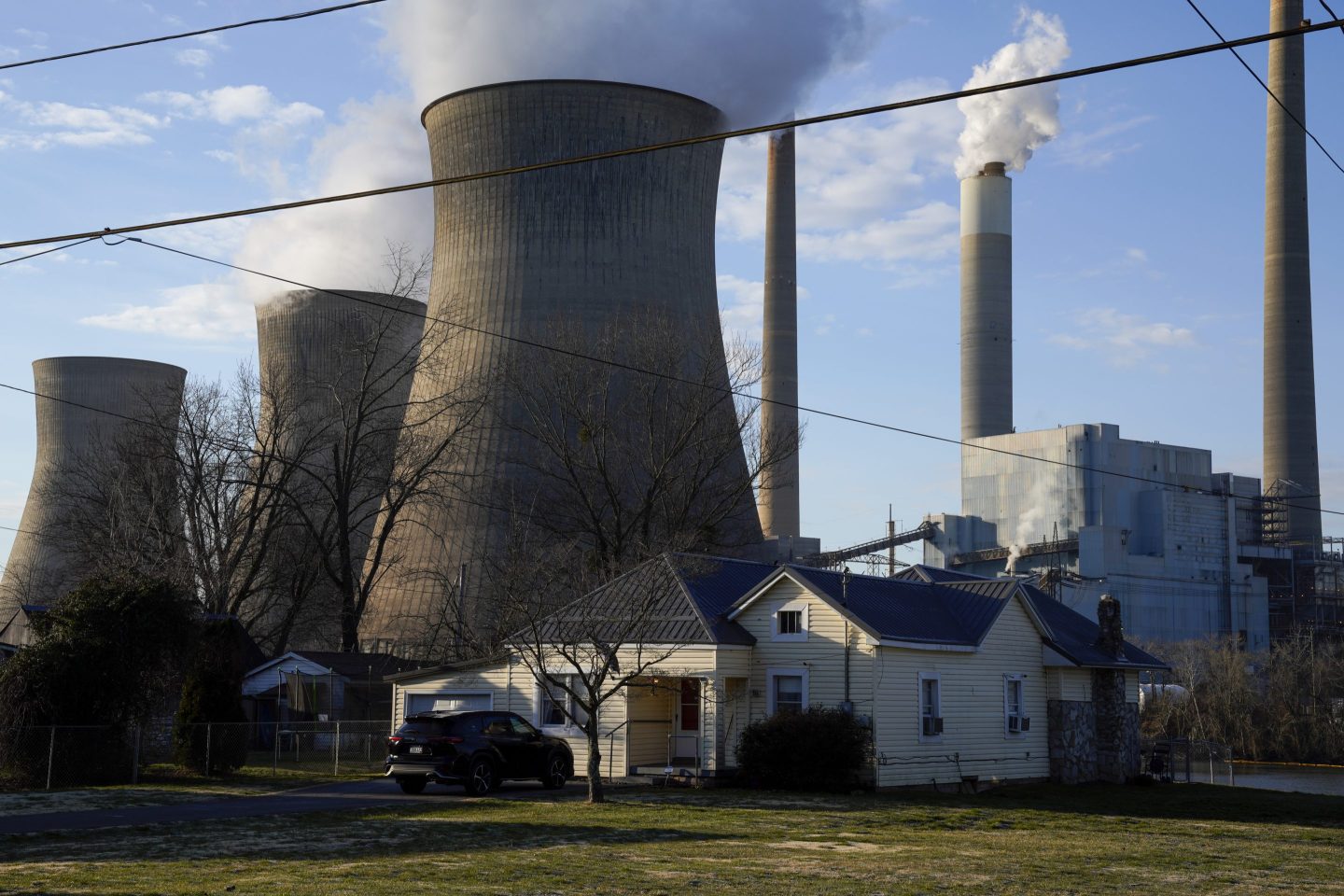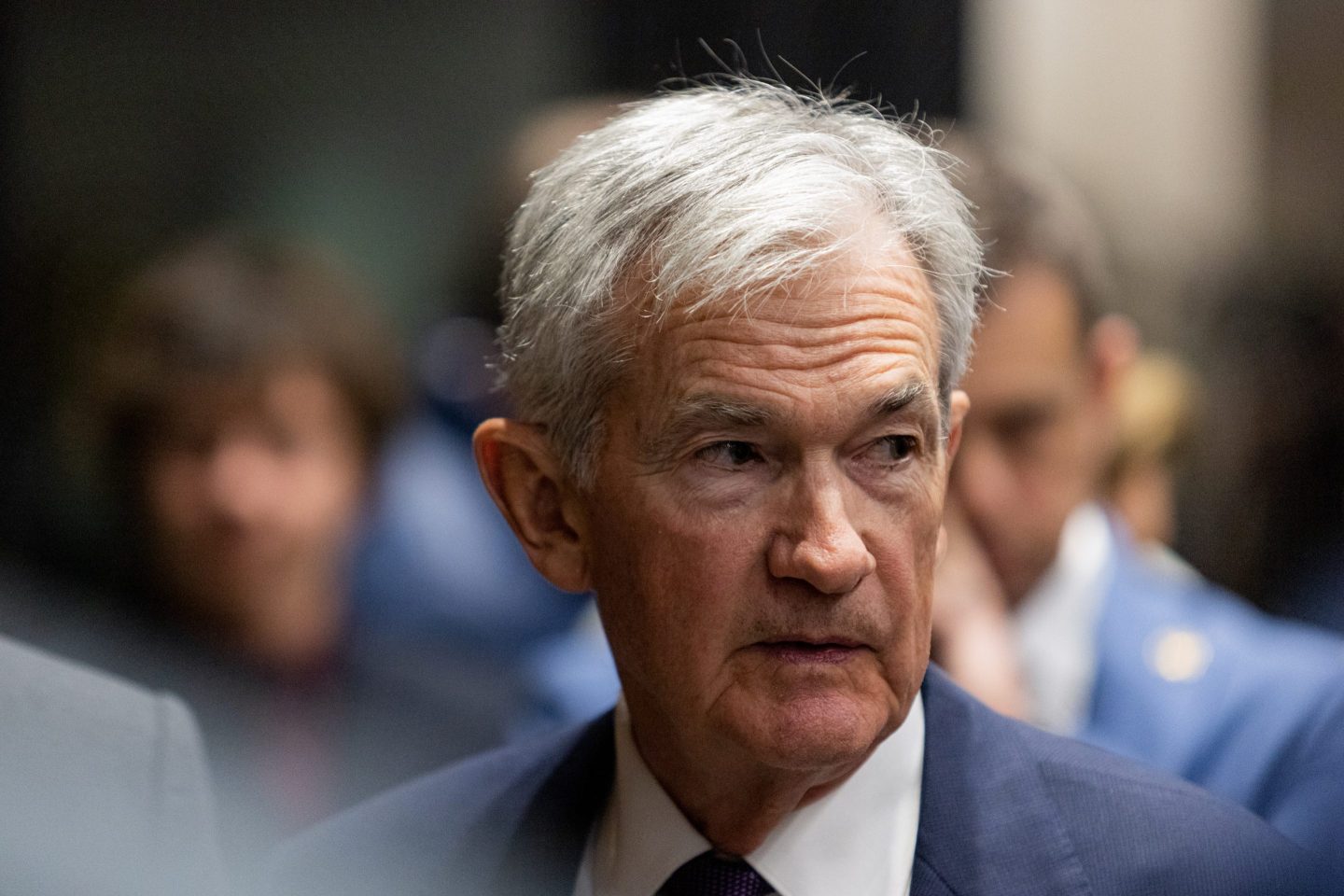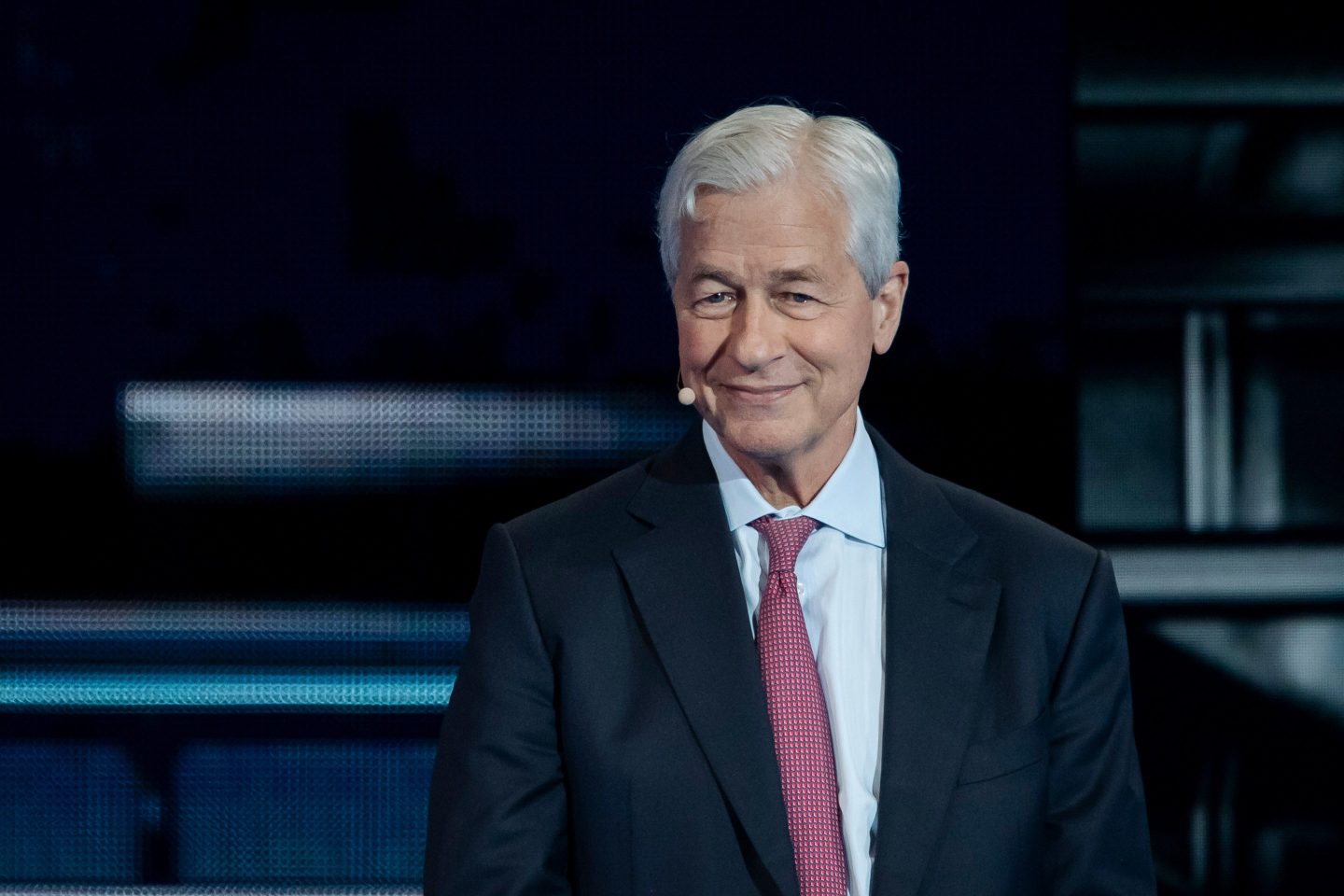Good morning, Peter Vanham here in Geneva.
Far away from the political gridlock in Washington, D.C., a new energy consensus is brewing in the U.S., including in its reddest and most fossil fuel-reliant states. It is one where all agree that “energy is energy, whether it is generated by wind, steam or whatever it might be,” as Dewey F. Bartlett Jr., a former oil and gas executive and former mayor of Tulsa, Oklahoma, told the New York Times recently.
The emerging middle ground looks something like this: advocates of renewable energy acknowledge that fossil fuels will remain in the mix for decades to come to allow for an orderly and affordable transition to cleaner sources of energy. Companies that are very carbon-intensive, meanwhile, do their part to get on a pathway to “net zero” by 2050, but in the meantime can bank on techniques such as carbon capture and storage, which allow for the continued use of fossil fuels.
“The early days of the green transition being focused on green solutions and renewables—I very much believe that was energy transition 1.0,” Megan Starr, global head of impact at Carlyle, told me in an interview yesterday. “Energy transition 2.0 is a recognition that we need all of the clean solutions, but we also need to decarbonize the rest of the economy at the same time.”
At Carlyle, one of America’s largest private equity companies, this “2.0” approach to decarbonization means that the company still invests in businesses that are carbon intensive. But these companies must do two things: first, set long-term emissions targets in line with the international Paris climate accord. And second, find new avenues of business growth in a decarbonized economy.
One beneficial outcome of that approach, Starr told me, is that it allows for a world where “energy security and transition are not in conflict.” Another is that it prevents entire industries and human capital from becoming obsolete. Since embarking on its new strategy, Starr said, Carlyle worked with 22 carbon-intensive businesses to set “Paris-aligned” goals. “They’re investing in hydrogen, carbon capture and storage, and sustainable aviation fuels. They use the infrastructure that they have, and see how it can become part of new-age energy solutions.”
But perhaps the greatest benefit is that the approach is a solution to both the political division around the energy question and the emergency of the climate crisis. That is, of course, if it works.
More news below.
Peter Vanham
peter.vanham@fortune.com
@petervanham
TOP NEWS
No bad news
China’s statistics bureau will temporarily stop publishing data on joblessness among those aged between 16-24, citing a need to refine how it measures youth unemployment. The rate hit a record high of 21% in June as China’s young graduates despair about not being able to find decent work. Chinese officials have reportedly pressured economists, analysts, and bankers to stop using negative terms to describe the country’s sluggish economy. Bloomberg
What happens if WeWork goes bankrupt?
WeWork’s 700,000 customers won’t have many options if the company goes under. Since the company’s “members” aren’t tenants, they will be left at the mercy of the building’s actual landlords if WeWork breaks the lease and leaves the property. But landlords have reason to be scared of a WeWork bankruptcy too: The loss of such a major tenant will be another drag on an already depressed commercial real estate market. Fortune
The office as 'management tool'
CEOs are misunderstanding what an office does, says Ben Waber, remote work expert and president of behavioral analytics firm Humanyze. Offices are a “management tool” to be used when a company needs more collaboration, and de-emphasized when focused work is needed, he says. And office design still matters in fostering collaboration: Where a company puts the coffee machine predicts a fifth of office interactions, Waber says. Fortune
AROUND THE WATERCOOLER
Russian ruble is now worth less than a penny, infuriating Vladimir Putin’s inner circle: ‘They’re laughing at us’ by Christiaan Hetzner
How Margot Robbie built the powerhouse movie production company behind ‘Barbie,’ which raked in $1 billion in 2 weeks by Chloe Berger
YouGov founder mulls U.S. listing for explosive growth in its ‘natural base’ by Prarthana Prakash
The Elon Musk of steel? Meet the Brazilian mogul who just bid $7.2 billion to bring two Fortune 500 giants together by Paolo Confino
Mopping floors and $3.65 PB&Js: Inside Sam Bankman-Fried’s day-to-day at an ‘inhumane’ NYC detention center by Leo Schwartz
This edition of CEO Daily was curated by Nicholas Gordon.
This is the web version of CEO Daily, a newsletter of must-read insights from Fortune CEO Alan Murray. Sign up to get it delivered free to your inbox.












